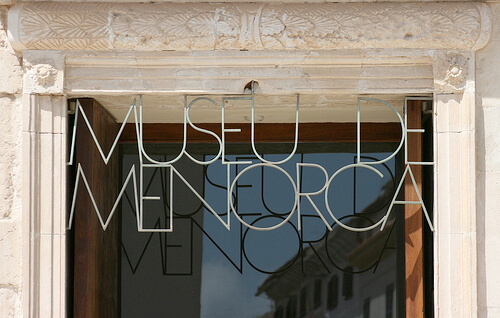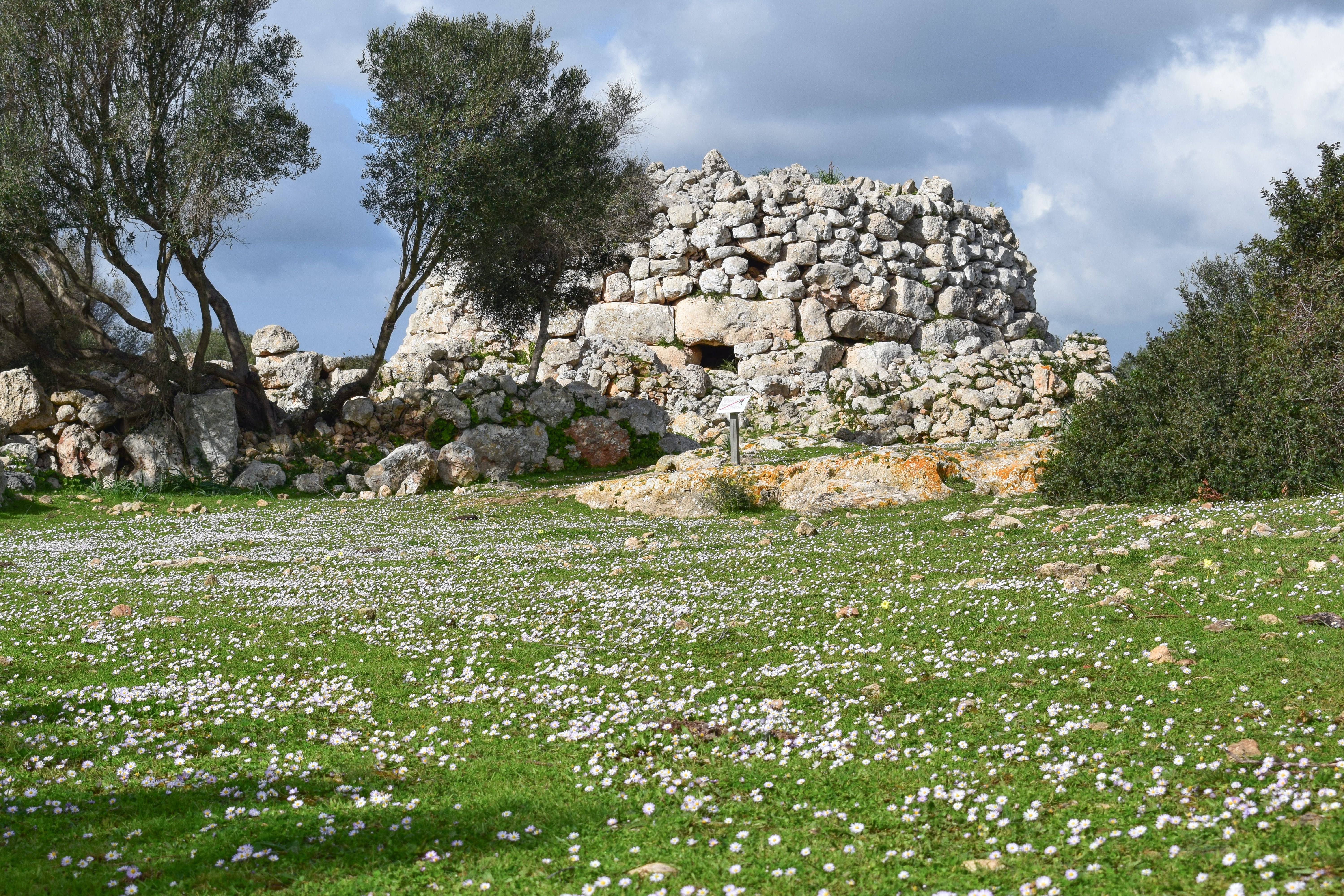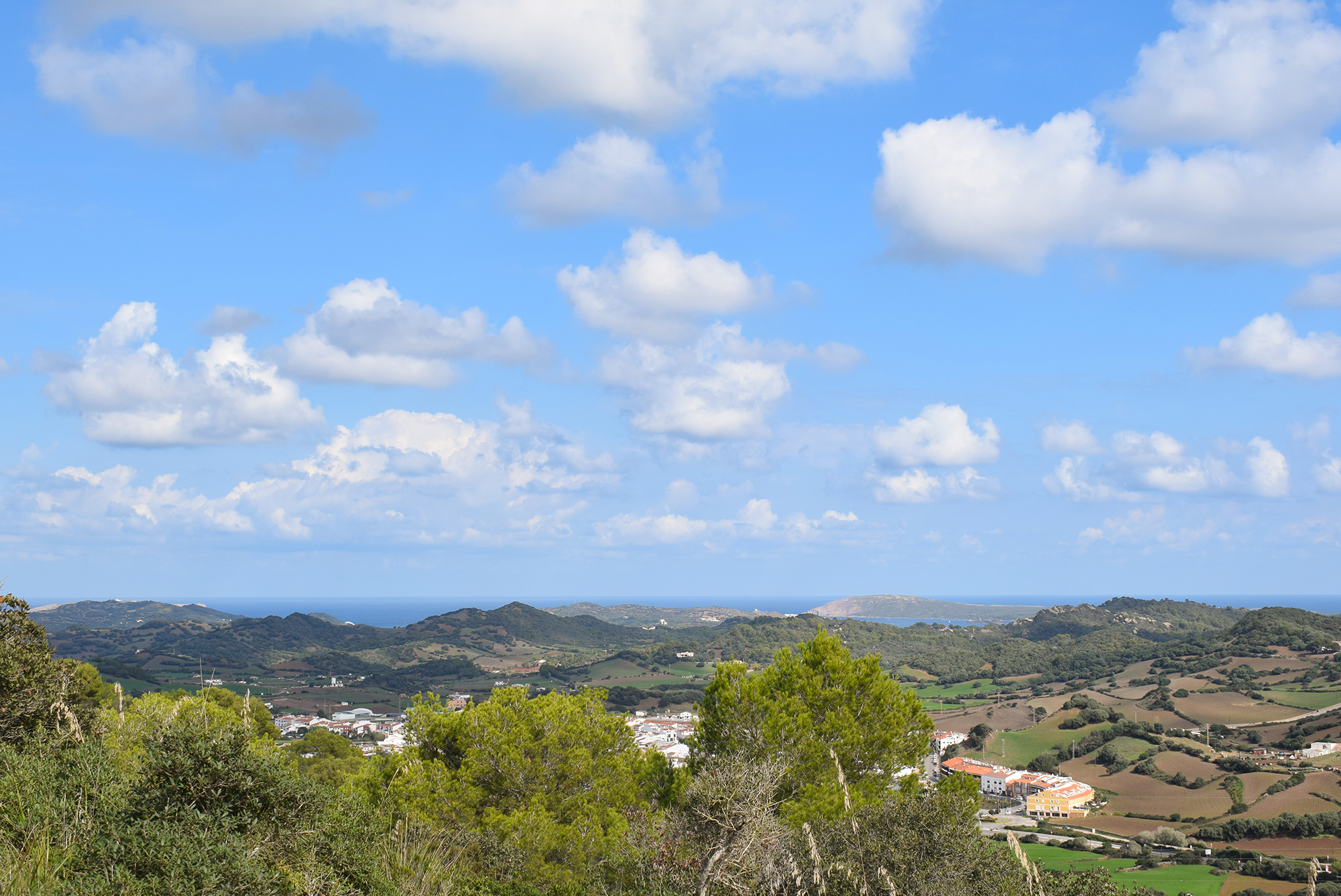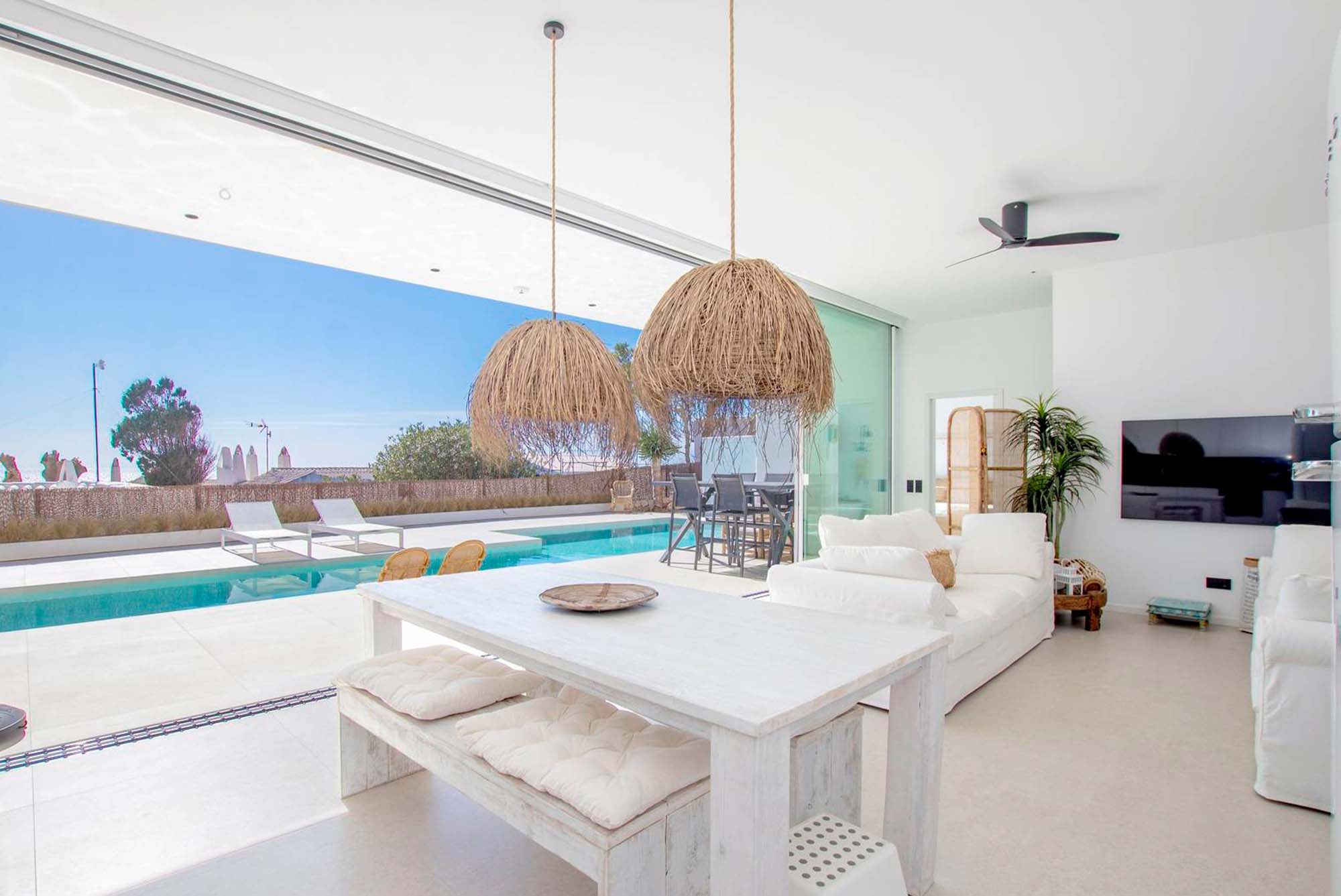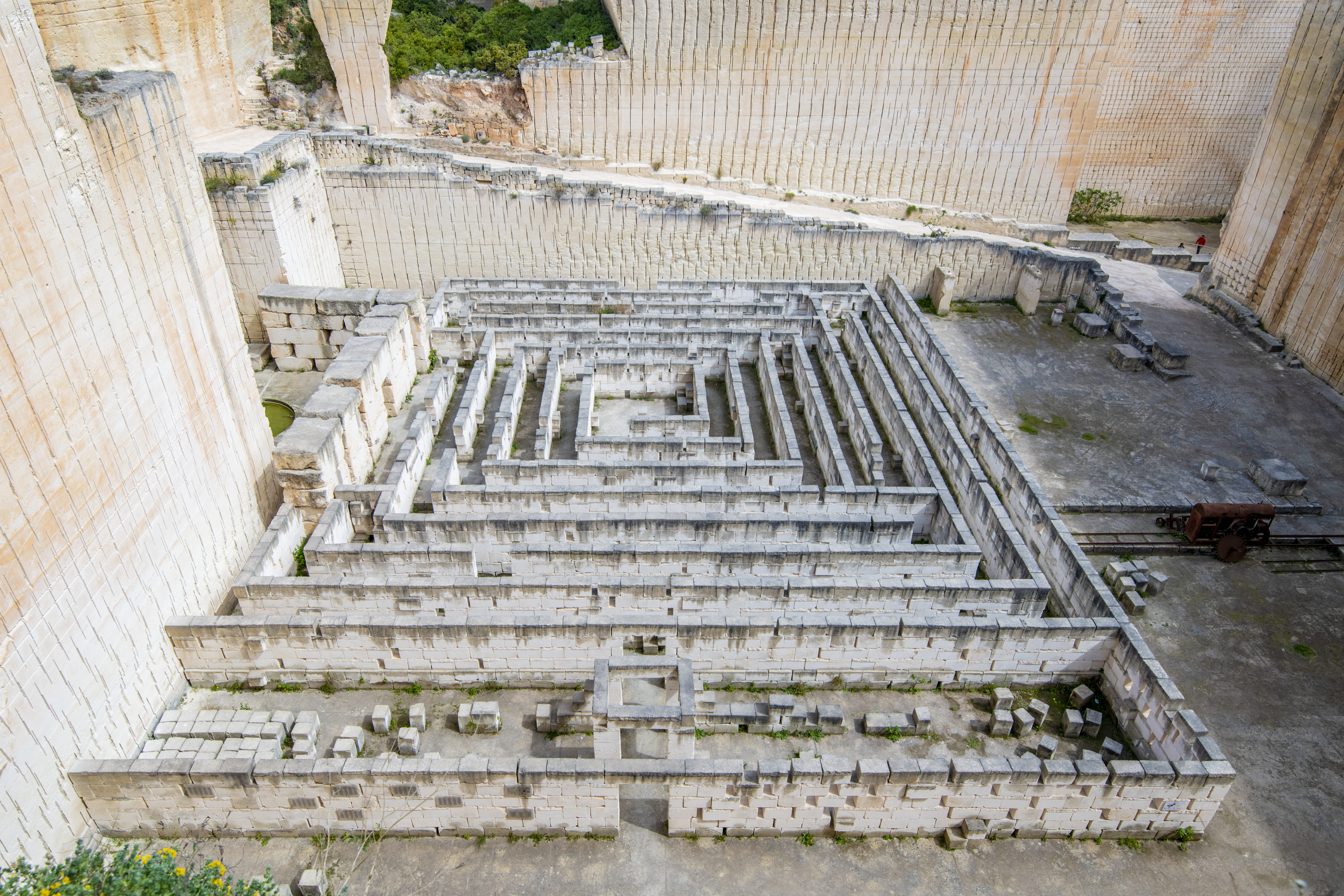Considered the most important museum on the island, the Museum of Menorca is an absolute must to visit in order to discover the history of the island through its more than 200,000 objects and works of art conserved there. On many occasions we have heard, through the Talayotic culture, that Menorca is like an open-air museum, but the museum we refer to here is located in an old Franciscan convent, a building of baroque style built between the late 17th and early 19th century right beside the church of Sant Francesc de Maó.
It was in 1835, as a result of the sale of Church lands by Mendizábal, that the friars left the building, and since then it has had different functions until, finally, it became home to the museum. Of special note are the rooms dedicated to prehistoric times, to ancient history and the Menorca of the 18th century. There is also a room dedicated to the traditional Menorca trades and a large collection of etchings and painting from the 18th, 19th and 20th centuries. The museum’s collection is made up of material about Menorca from old collections, excavations and loans and donations, from both individuals and diverse entities.
On the ground floor, surrounding the cloister, are the temporary exhibition rooms and the event room. The permanent exhibition occupies the first and second floors, open to the public since 1998. On the second floor three rooms reflect the free trade that flourished under British sovereignty and which provided economic prosperity and cultural blooming, especially in the field of painting and literature. The strategic importance of Menorca in the 18th century is reflected in the maps and plans that the European powers made about the island, its ports and fortifications. There is a special interest in the port of Mahón and its defences.
Today the visit has some areas of limited access due to the heating and improvement works in the building that are planned to be completed in September. Nevertheless, in this year of partial closure the institution has not stopped working with temporary exhibitions and in fact, part of its heritage can also be seen in the Palau de Can Oliver, of which we have already talked about in this blog.



